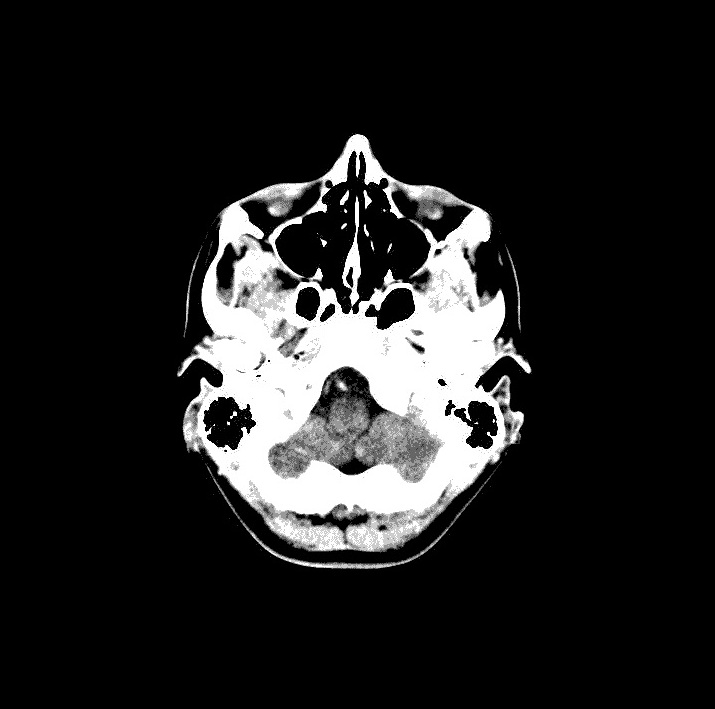Program & Downloads for Computational Biomechanics
New lectures and exercises for a current/new course will be presented on the online Moodle page only. However, here you can find older examples of such material from the last years just for your general orientation:
Introduction to Biomechanics and FEA
Lecture Slides: CB-V01-Einf-Mech1.pdf
Lab Exercise: CB-V02-SimpleBone-Lab.pdf
Introduction to Biomechanics and FEA 2
Lecture Slides: CB-V02-Einf-Mech2.pdf
Lab Exercise (Fortsetzung): CB-V02-SimpleBone-Lab.pdf
Material Properties of Living Tissues
Lecture Slides: CB-Lec-MatProps.pdf
Lab Exercise: CB-Lab-TrabStructure.pdf
Additional Material:
- Exercise/Introduction into Parametrization: MMSM1-Blatt3.pdf
- Exercise/Introduction into APDL: MMSM1-Blatt7.pdf
Geometry from Imaging Data - Part I: Imaging Techniques
Lecture Slides: CB-Lec05.pdf
Lab: Programing the Radon Transformation (Python)
Example CT Data: Skull.jpg
Geometry from Imaging Data - Part II: Programing Image Filters
Lecture Slides: CB-Lec06.pdf
Lab: Programing Image Processing Filters
Bone Remodeling - Biology, Theories, Models
Lecture Slides: CB-Lec07.pdf
Lab: CB-Lab07.pdf
Fracture Healing
Lecture Slides: CB-Lec08.pdf
Lab: CB-Lab08.pdf, CB-Lab08-templ.zip
Musculoskeletal Systems, Inverse Dynamics Software Anybody
Lecture Slides: CB-Lec10.pdf
Lab: CB-10LB.pdf
Usefull paper: Analysis of musculoskeletal systems in the AnyBody Modeling System

